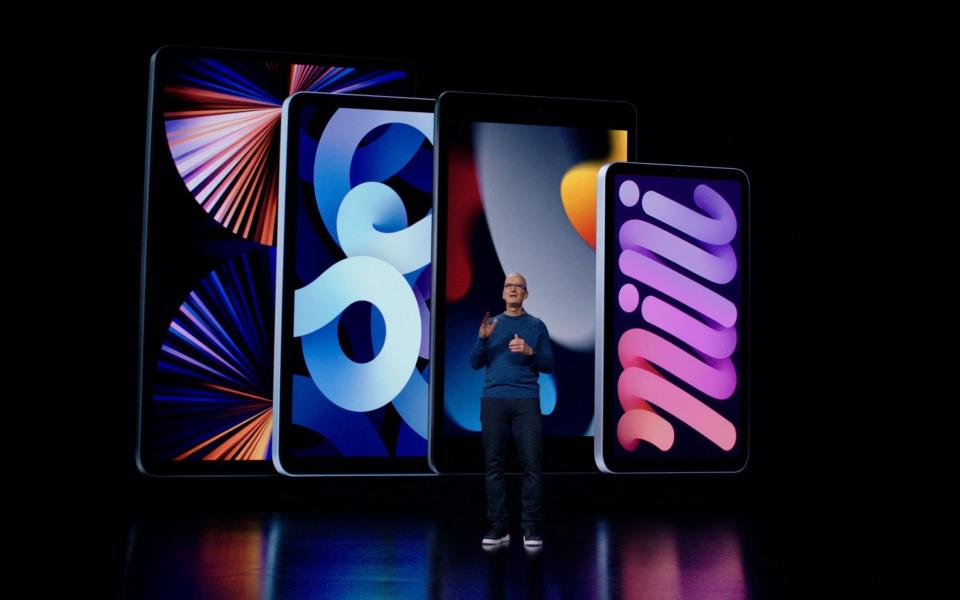iPhone launches are no longer a spectacle – but that's good news for Apple

A smaller notch. A faster processor. A new camera with cinematic mode. In the pantheon of Apple keynote events, Tuesday’s iPhone 13 launch was towards the modest end. “We still see room for innovation,” was one analyst’s rather dry take. Perhaps Tim Cook didn’t want to make any risky moves on an unlucky number.
The unveiling of the iPhone 13 and 13 Pro contained few dramatic flourishes, and no Jobsian “one more thing” moment. But these days, Apple does not need them.
The smartphone wars are largely over. Few switch between Apple and any number of Android rivals based on features such as a bigger screen or a radical redesign.
One of the more eye-catching inventions in the smartphone market in recent years has been Samsung’s push into foldable phones, but that attention has not been matched by sales. Analysts estimate that sales of the Korean company’s Z Flip line were around 2.3 million in the first half of 2021, around one fiftieth of iPhone sales in the same period.
The average iPhone owner’s demands are more obvious. The first thing most people ask for is a better battery. The iPhone 13 delivers on that front, with up to 2.5 hours of extra life. A close second is more storage. The new models double the capacity of last year’s without raising prices, a feat in its own right, given soaring component costs.
Cameras have been improved almost to absurdity, now able to take microscopic-level photos of things invisible to the human eye. Faster shutter speeds, better zoom and better editing features are enough to convince die-hards to upgrade.
Most of Apple’s recent iPhone launches have devoted disproportionate attention to new cameras. That is because consumers care about them more than futuristic ideas such as augmented reality, which barely got a mention at Tuesday’s launch.
The mundane reality is that the iPhone 13 will inevitably sell in huge quantities. Buying a new smartphone has become like acquiring a car: you do it when your old one breaks or your contract is up for renewal. Only a minority of techies do so because of some new feature, and Apple is a broad church these days: more than a billion iPhones are in use.
Few people queue up at Apple Stores these days, and yet the company has now broken sales records for three consecutive financial quarters. The success of last year’s iPhone 12 may have had as much to do with locked-down consumers having more disposable income as anything Apple itself did.
As far as Apple is concerned, this can only be good news. Consumers upgrading their phones like clockwork is a far more comfortable position than the alternative of them doing so on a whim, due to some new gizmo.
The days of a new iPhone capturing the world’s attention may be over. That may suit Apple just fine.

 Yahoo Finance
Yahoo Finance 